Both Dubai and Singapore have transformed from modest beginnings into ultramodern metropolises that attract millions of visitors each year. These gleaming urban centers showcase impressive architecture, cutting-edge infrastructure, and unique cultural experiences that make them top destinations for global travelers. Yet despite their similar reputations as futuristic cities, they offer distinctly different experiences for tourists.
Here is a list of 20 ways Dubai and Singapore differ for tourists planning to visit these remarkable destinations.
Climate Conditions

Dubai experiences a hot desert climate with extremely high temperatures, often exceeding 104°F during summer months (May to September), making outdoor activities challenging during daylight hours. Singapore, in contrast, maintains a consistent tropical rainforest climate year-round, with temperatures typically between 75-90°F and high humidity, plus frequent brief afternoon showers that provide cooling relief.
Urban Layout
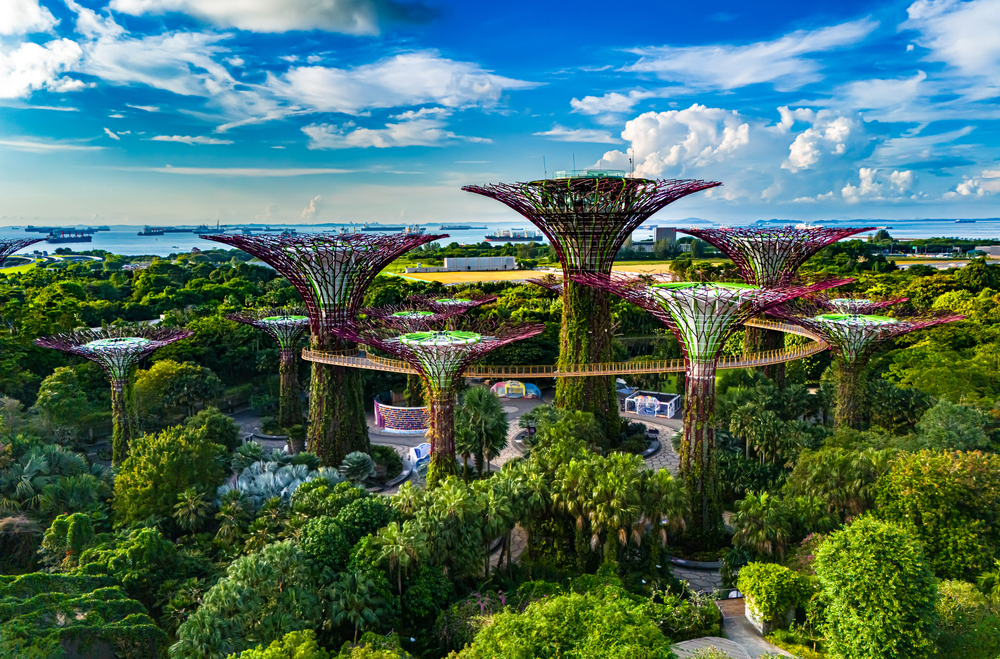
Dubai stretches along the Persian Gulf coast, with developments spreading inland into the desert, creating a more sprawling urban experience that requires vehicular transportation between major attractions. Singapore’s compact island geography has resulted in a more concentrated urban footprint with excellent connectivity between districts and attractions, making it easier to explore multiple sites in a single day.
Like Travel Pug’s content? Follow us on MSN.
Public Transportation
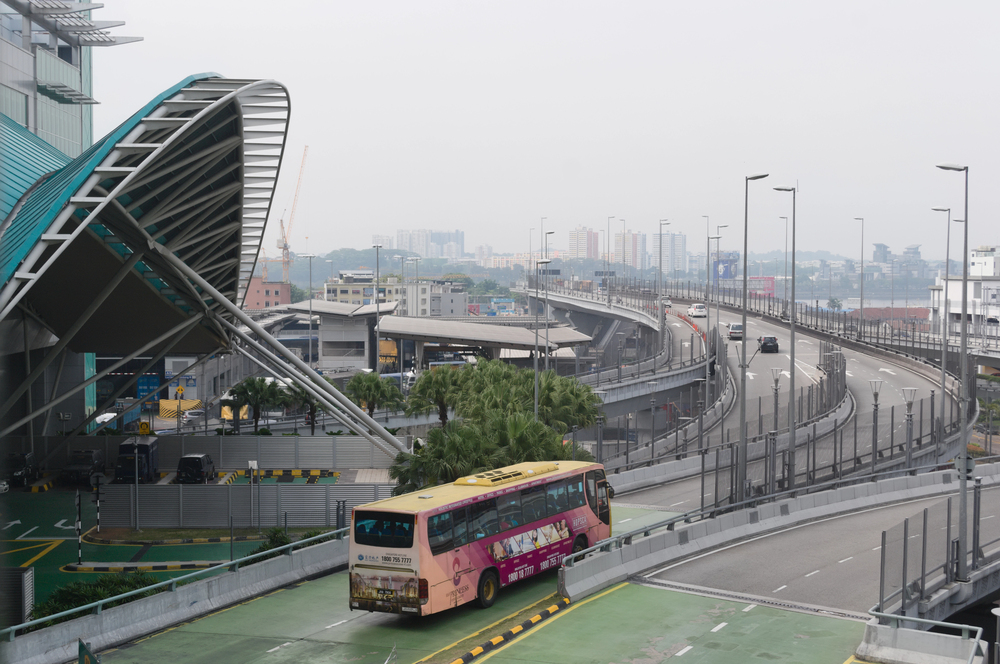
Singapore boasts one of the world’s most efficient public transportation systems with an extensive MRT (Mass Rapid Transit) network that connects virtually every corner of the city, making car rental unnecessary for tourists. Dubai’s public transportation is newer and still expanding, with a modern metro system that covers limited areas of the city, making taxis or ride-sharing services essential for comprehensive exploration.
Architectural Philosophy

Dubai embraces architectural extravagance with a ‘bigger is better’ philosophy, showcasing record-breaking structures like the Burj Khalifa and Palm Jumeirah that prioritize visual impact and grandeur. Singapore balances modern architecture with extensive green spaces and conservation areas, creating a harmonious blend between futuristic design and natural elements, as seen in Gardens by the Bay and its preserved heritage districts.
Cultural Diversity
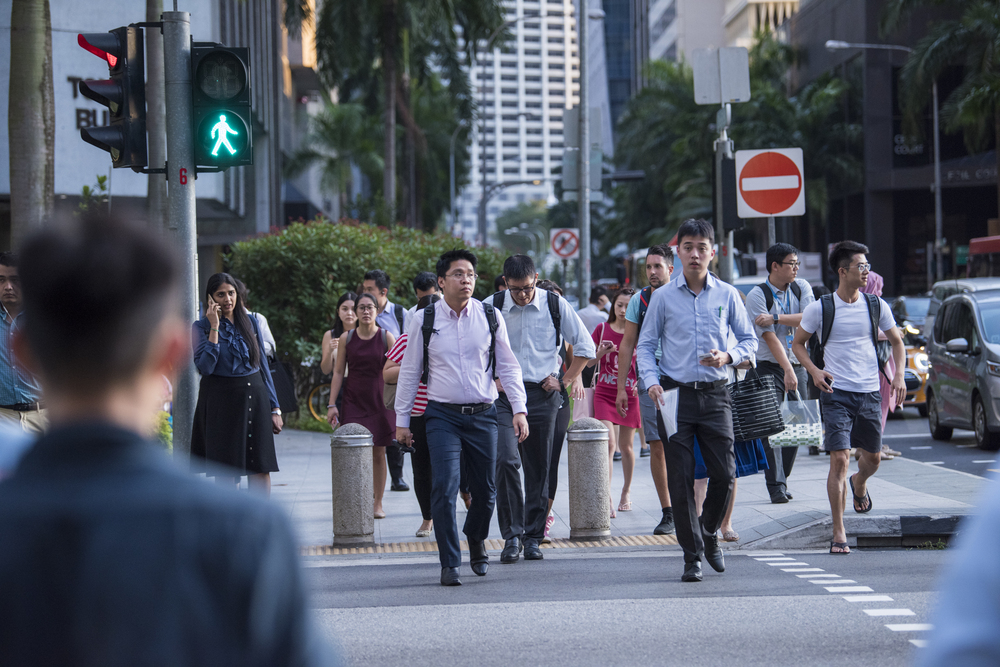
Singapore represents a true melting pot where Chinese, Malay, Indian, and Western influences have merged over centuries to create distinct neighborhoods like Chinatown, Little India, and Kampong Glam. Dubai features a more recent multicultural environment primarily shaped by expatriates who maintain somewhat separate cultural identities alongside Emirati traditions, resulting in less integrated cultural expressions.
Like Travel Pug’s content? Follow us on MSN.
Dining Costs
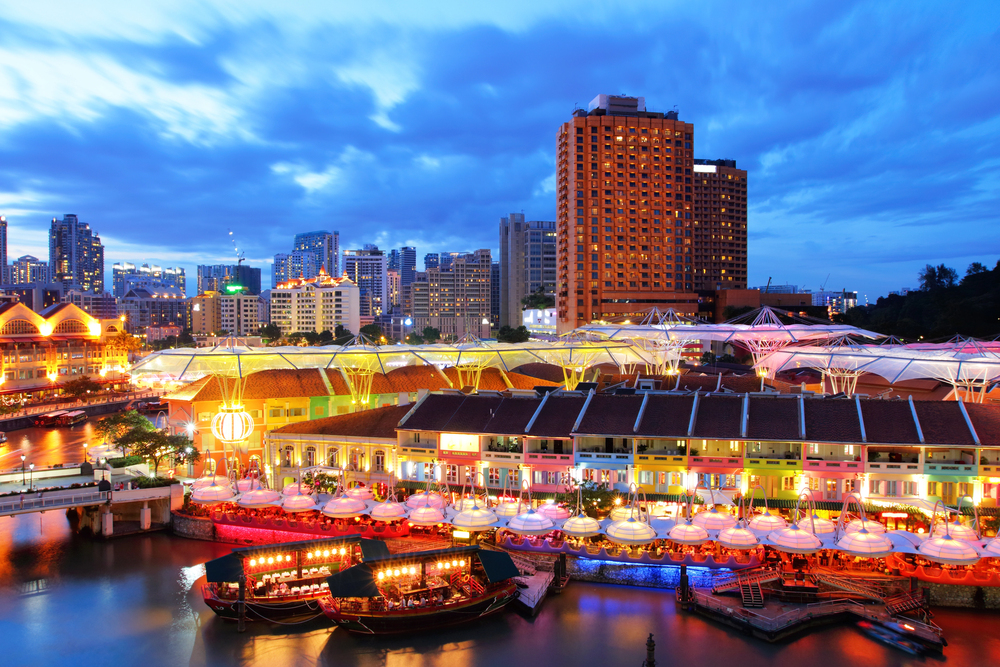
Dubai dining tends toward luxury experiences, with high-end restaurants and hotel venues commanding premium prices, although affordable options exist in older neighborhoods and food courts. Singapore offers remarkable culinary diversity at every price point, from world-renowned fine dining to incredibly affordable hawker centers where meals from Michelin-starred vendors can cost under $5.
Alcohol Regulations

Singapore permits alcohol consumption with relatively few restrictions beyond standard licensing hours and public drinking limitations, and bars and nightlife venues are readily accessible to tourists. Dubai maintains stricter alcohol regulations, where drinks are primarily available only in hotels and designated venues, requiring tourists to understand specific rules about consumption and public behavior.
Shopping Experiences
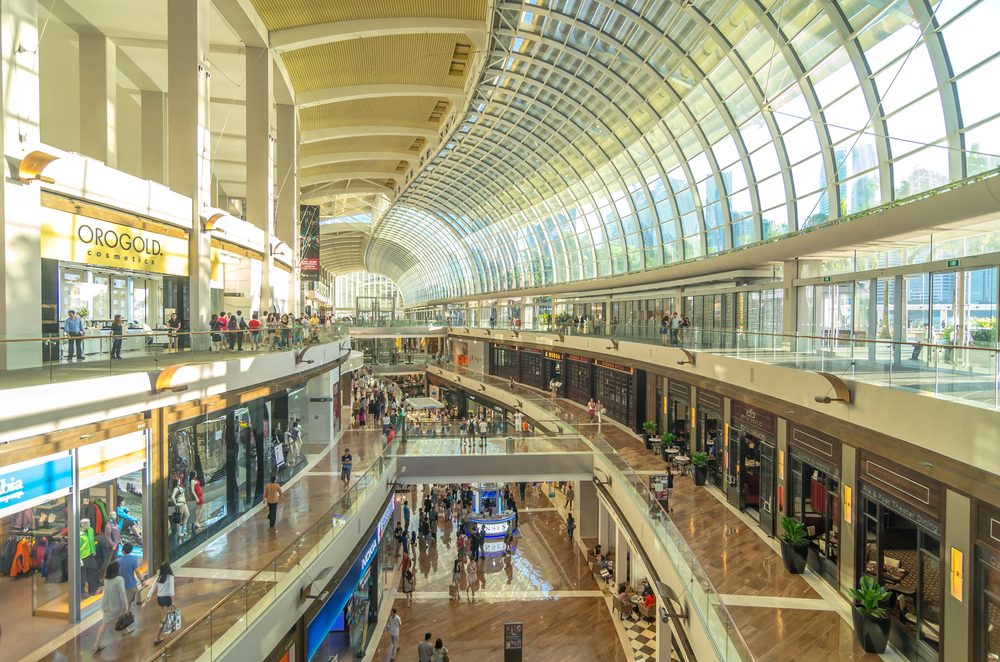
Dubai positions itself as a luxury shopping capital with massive malls like Dubai Mall featuring high-end brands and extravagant attractions such as indoor skiing and aquariums to enhance the retail experience. Singapore offers a more diverse shopping landscape ranging from luxury malls along Orchard Road to authentic market experiences in ethnic neighborhoods and unique local designer boutiques in areas like Haji Lane.
Like Travel Pug’s content? Follow us on MSN.
Natural Surroundings

Singapore integrates nature throughout its urban environment with impressive biodiversity conservation efforts, resulting in attractions like the Botanic Gardens, numerous parks, and even urban monkey populations. Dubai presents a stark contrast between urban development and the surrounding desert environment, with natural experiences typically involving desert safaris or manufactured beach settings.
Water Features

Dubai has created impressive artificial water attractions, including the Dubai Fountain and manufactured beach environments along the Persian Gulf to complement its desert setting. Singapore, as an island nation, incorporates natural water features, including rivers, reservoirs, and its harbor front, into many tourist experiences, with water playing a central role in its urban identity.
Historical Depth

Singapore preserves distinct historical neighborhoods with colonial architecture, temples, and cultural sites that reflect its complex heritage spanning hundreds of years of settlement and trade. Dubai offers significantly less historical depth as much of its development has occurred within the past 50 years, with historical attractions primarily centered around the Al Fahidi district and Dubai Creek area.
Like Travel Pug’s content? Follow us on MSN.
Safety Regulations

Singapore enforces strict regulations with significant penalties for even minor infractions like littering or eating on public transport, creating an extremely orderly environment that some tourists find restrictive. Dubai maintains somewhat more relaxed enforcement of day-to-day regulations while still expecting conservative public behavior and respect for local customs, particularly during Ramadan.
Tourist Demographics
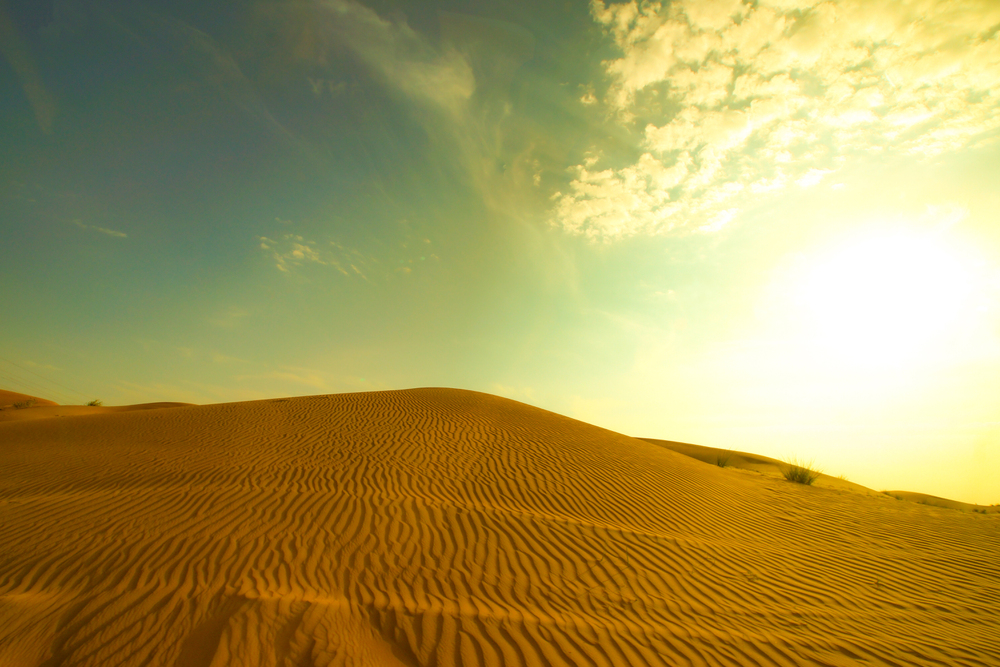
Dubai attracts a higher percentage of luxury travelers and Middle Eastern tourists seeking familiar cultural elements with exceptional service levels and exclusive experiences. Singapore draws a more diverse tourist base, including many Asian regional travelers, backpackers, and business travelers who attend its numerous conferences and trade events.
Family Activities

Singapore offers numerous family-friendly attractions designed for educational value alongside entertainment, including world-class zoos, interactive museums, and nature experiences. Dubai tends toward spectacular entertainment-focused family attractions such as massive theme parks, water parks, and interactive exhibitions that emphasize sensory experiences over educational content.
Language Environment

Singapore functions primarily in English for all services and signage, with Mandarin, Malay, and Tamil also recognized as official languages. This makes navigation straightforward for most international visitors. Dubai operates with Arabic as its official language, though English is widely used in tourist areas, with varying proficiency levels depending on the establishment and neighborhood.
Like Travel Pug’s content? Follow us on MSN.
Urban Greenery

Singapore has pioneered the concept of a ‘city in a garden’ with approximately 47% of its land devoted to green spaces, vertical gardens on buildings, and tree-lined streets creating natural shade throughout urban areas. Dubai has made significant recent investments in parks and landscaping, but its desert environment creates challenges for maintaining greenery, resulting in more concentrated garden spaces rather than widespread vegetation.
Weather Predictability
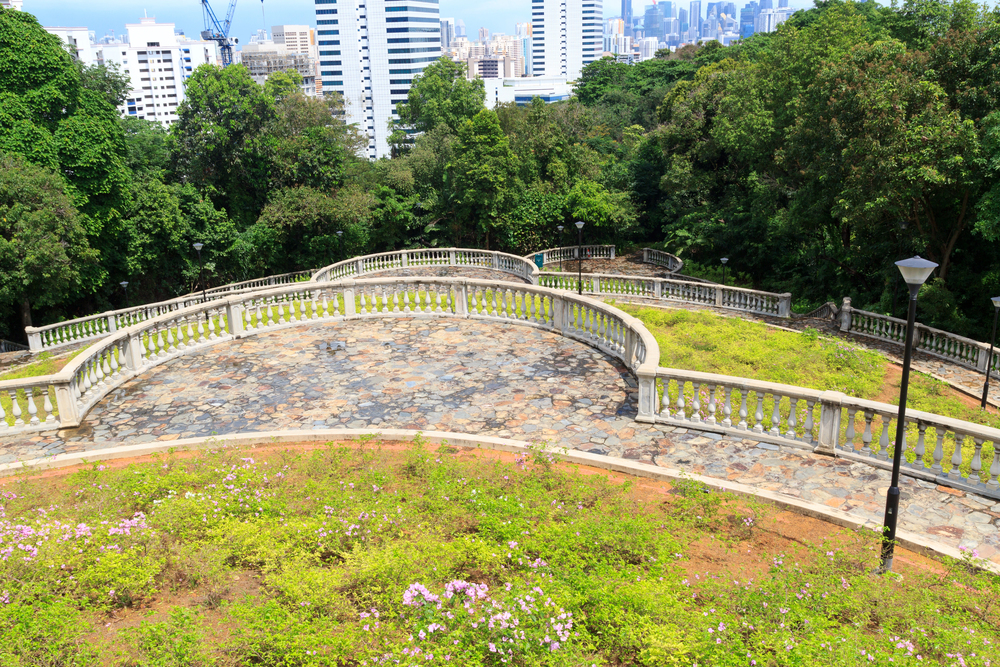
Singapore experiences relatively consistent weather patterns year-round, with daily temperatures varying little, though sudden afternoon thunderstorms can interrupt outdoor plans with minimal warning. Dubai offers highly predictable dry weather for most of the year, with practically no rainfall during the winter tourist season, making it easier to plan outdoor activities without weather contingencies.
Art and Museum Experiences
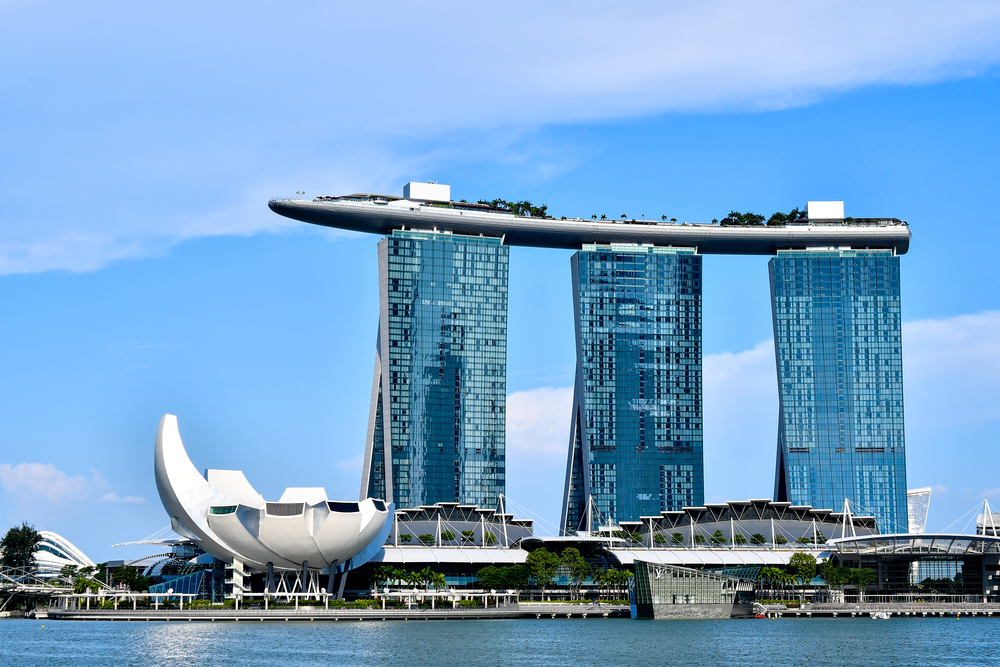
Singapore has developed sophisticated cultural institutions like the National Gallery and ArtScience Museum that present curated experiences connecting Asian and Western artistic traditions. Dubai’s museum scene is newer and growing rapidly with the Museum of the Future and contemporary art spaces, though offering less historical depth and more focus on technological and future-oriented exhibits.
Like Travel Pug’s content? Follow us on MSN.
Travel Hub Functionality

Dubai International Airport serves as a major global connector with its strategic position between Europe, Asia, and Africa, making it an ideal destination for extended stopovers of 2-3 days. Singapore’s Changi Airport functions similarly to an Asian hub but offers more comprehensive in-airport attractions that some travelers enjoy without even leaving the terminal during shorter layovers.
Price Transparency

Singapore maintains greater price transparency with clearly posted costs and limited bargaining expectations, creating a more straightforward shopping experience for visitors unfamiliar with negotiation customs. Dubai continues to embrace bargaining cultures in certain shopping environments like souks and some retail establishments, potentially creating uncertainty about fair pricing for tourists.
The Enduring Appeal of Contrasting Futures
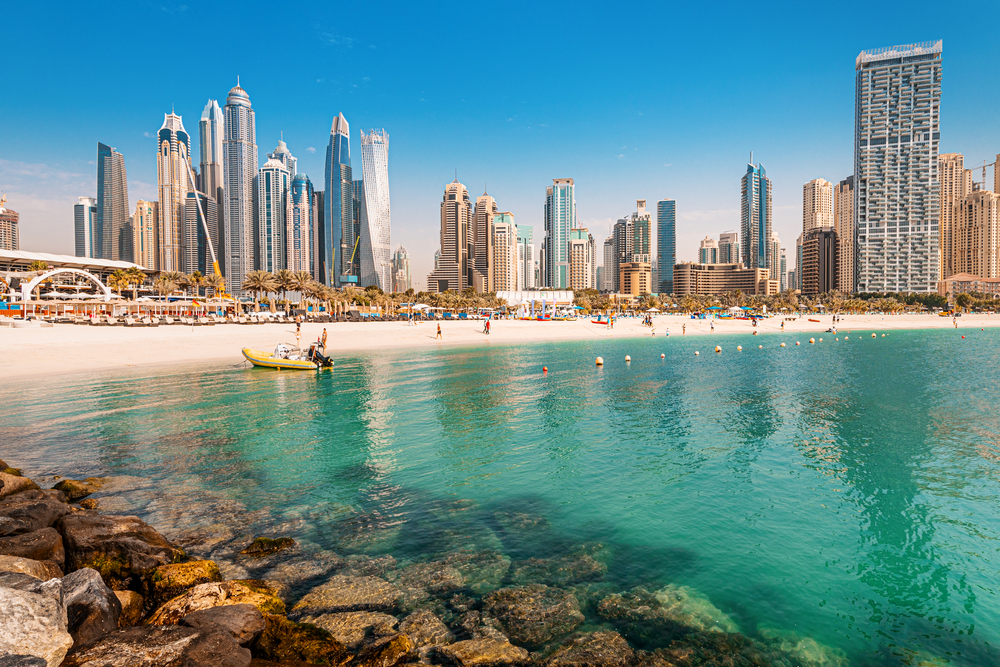
Both Dubai and Singapore represent different visions of urban futures—one emerging dramatically from the desert through ambitious engineering, the other transforming a tropical island into a sustainable urban ecosystem.
Their contrasting approaches to development offer tourists not just exciting destinations but fascinating glimpses into different models of creating modern global cities that balance tradition and innovation.
Like Travel Pug’s content? Follow us on MSN.
More from Travel Pug

- 20 Destinations That Were Once Thriving but Are Now Quietly Disappearing
- 15 Hidden Spots in Disney World’s Magic Kingdom Most Visitors Miss
- 20 Once-Popular Beach Towns That Are Now Ghostly Empty
- 20 Beautiful US Lakefront Towns Where You Can Live for Under $2000 a Month
- 20 Caribbean Islands That Are Safer Than People Think
Like Travel Pug’s content? Follow us on MSN.
